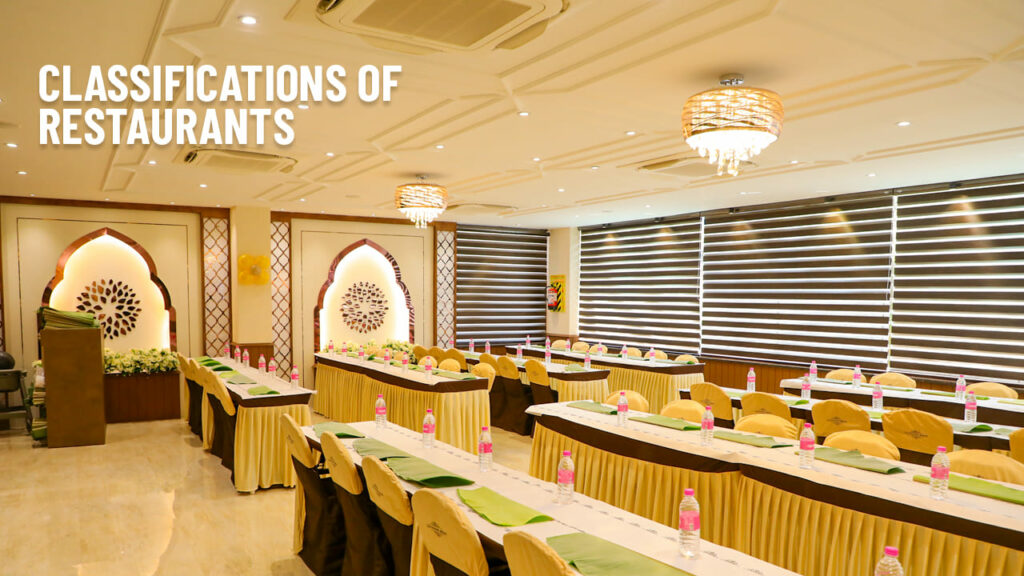Despite the fact that there are numerous distinct restaurant types and that they come in all different sizes and shapes, modern restaurant concepts go beyond conventional fast food, casual, and fine dining concepts. Fast food is dressing up, fine dining is loosening its bow tie, and food trucks are offering more than just hot dogs and chips.
It might be challenging for restaurant owners to create their own restaurant concept because the clear boundaries that once separated different restaurant concepts have been replaced with overlapping, murky areas.
Family-friendly eateries operate under the table service/full-service paradigm. A dedicated server who takes and delivers orders sits down with customers at a table.
Because they cater to children, paper tablecloths, crayons, and endless dinner rolls are commonplace.
Restaurants that cater to families aim to create a relaxed ambience where children are welcome but adults may still partake in a full bar.
Breakfast, lunch, and dinner are frequently offered in family-style and informal eateries. Steak, cheeseburgers, Chinese, Italian, Mexican, seafood, and many other dishes are among the many varieties of food they serve.
While only informal restaurants serve food on individual plates, some traditional family-style eateries provide food on substantial share platters.
Dishes in family-style restaurants that serve food in individual portions are frequently larger than those at quick food establishments.
Family-friendly and casual dining establishments sometimes belong to a chain franchise.
Fast casual has revolutionized the restaurant business as the newest trend in restaurant concepts.
Fast casual, which combines takeout with casual eating, is best defined as “upscale fast food.” You might also refer to fast-casual dining establishments as “quick service restaurants” (QSRs).
Fast casual is similar to a fast food restaurant in that it serves prepared cuisine in disposable containers, but it distinguishes itself by using higher-quality products. Organic greens, gourmet bread, and grass-fed meat are frequently found on fast-casual menus. Fast-casual eateries frequently prioritize providing fast cuisine that is sustainable and healthful.
Fast casual restaurants will have more seats than the typical fast food business, despite the fact that seating is frequently limited.
Fast food establishments, also referred to as quick service restaurants (QSRs), frequently make meals in bulk to satisfy the demand for grab-and-go orders. Fast food businesses produce food to-go and typically follow a franchised business model, with little table service and cafeteria seating.
Fast food has recently extended to include fast-casual restaurants and finer businesses with more expensive dishes and no sitting, whereas in the past the fast food restaurant idea was dominated by inexpensive burger joints.
Fine dining has an aura of elegance and is distinguished by high style, high status, and high price.
Fine dining may conjure images of expertly educated chefs, exquisite linen tablecloths, and sommeliers. There are often “chef’s tables” in fine dining establishments where customers can speak with the chef privately.
Smaller menus in fine dining establishments alter monthly or sometimes daily. The freshest foods, frequently sourced locally, are used by chefs.
Many fine dining establishments provide a prix fixe menu since customers often order an appetizer, salad, entrée, and dessert.
Although French, Italian, steak, and seafood restaurants are frequently categorized as fine dining establishments, fine dining is not limited to a specific cuisine.
Chefs in upscale restaurants view their dishes as works of art. A fine dining experience, rather than simply eating for its own sake, is intended when dining there.
Article by M.S. Reeha

